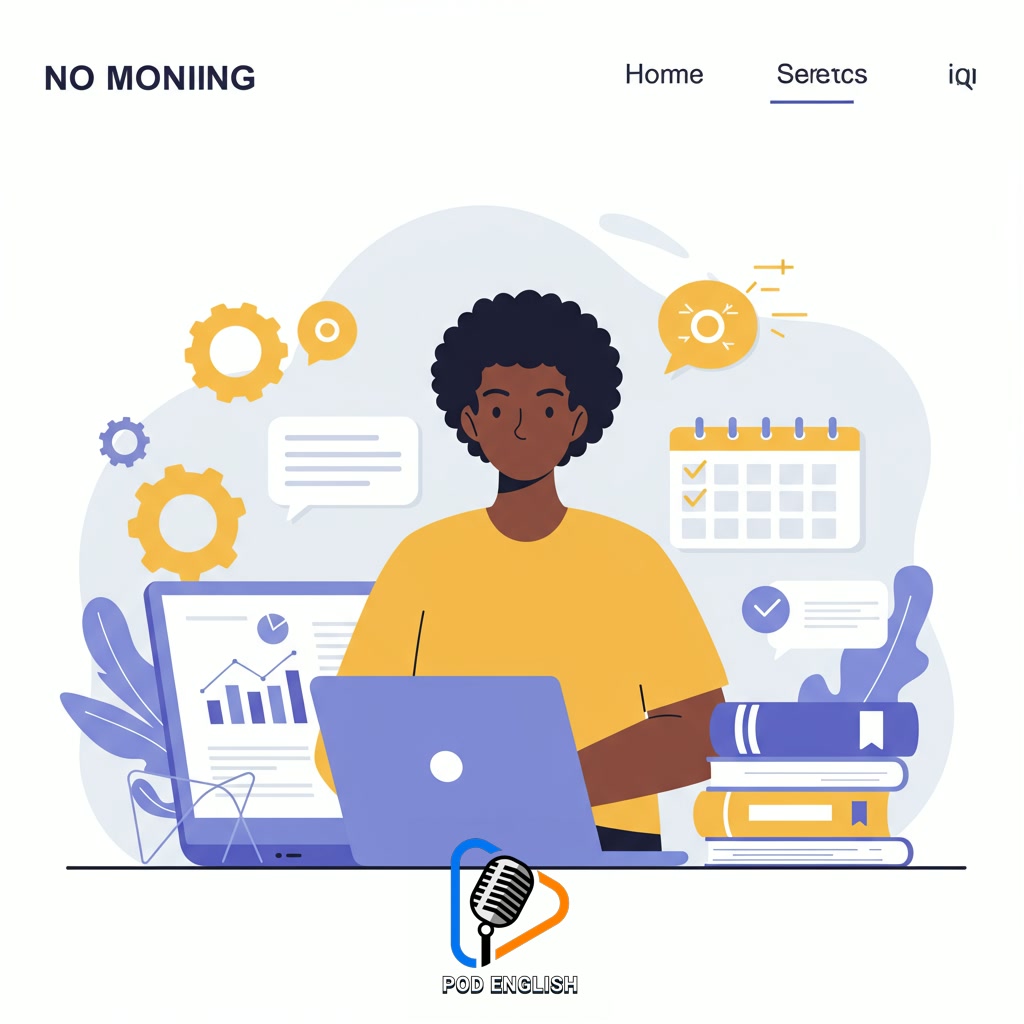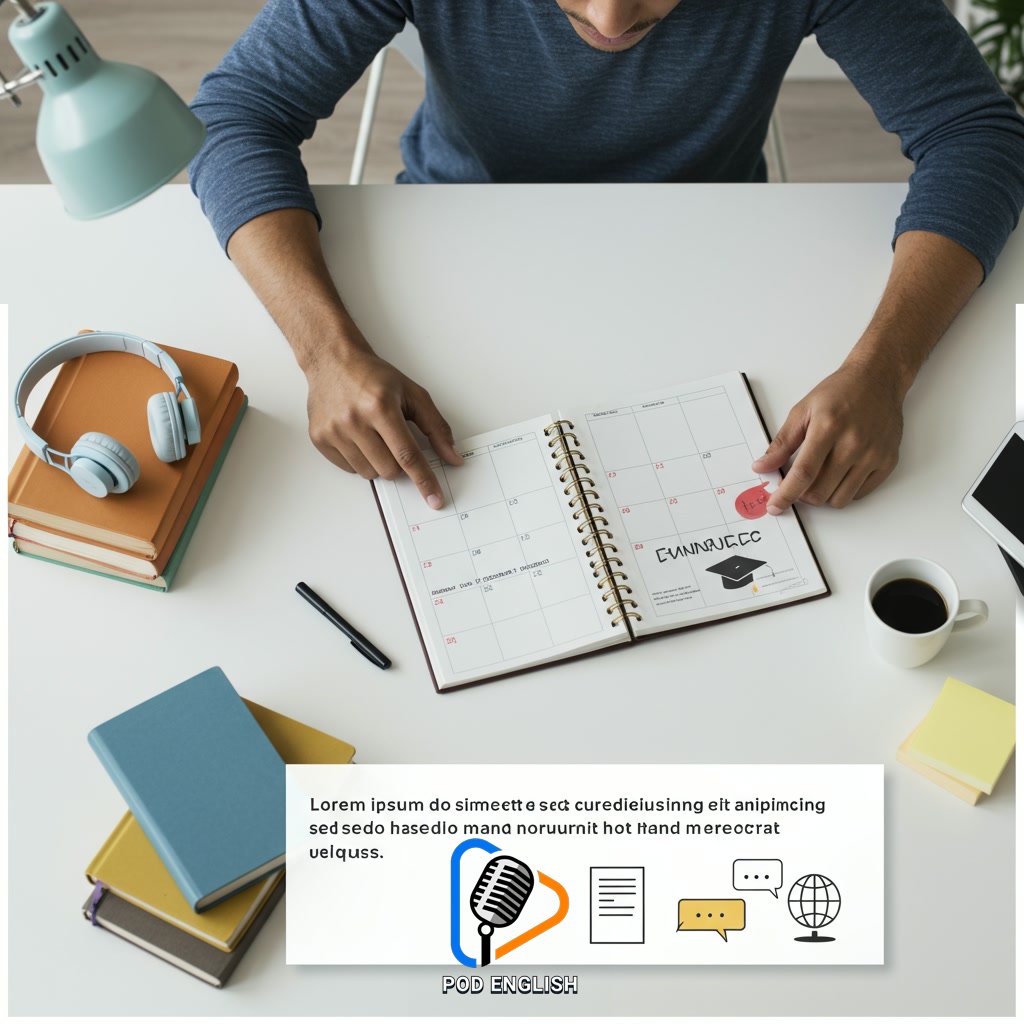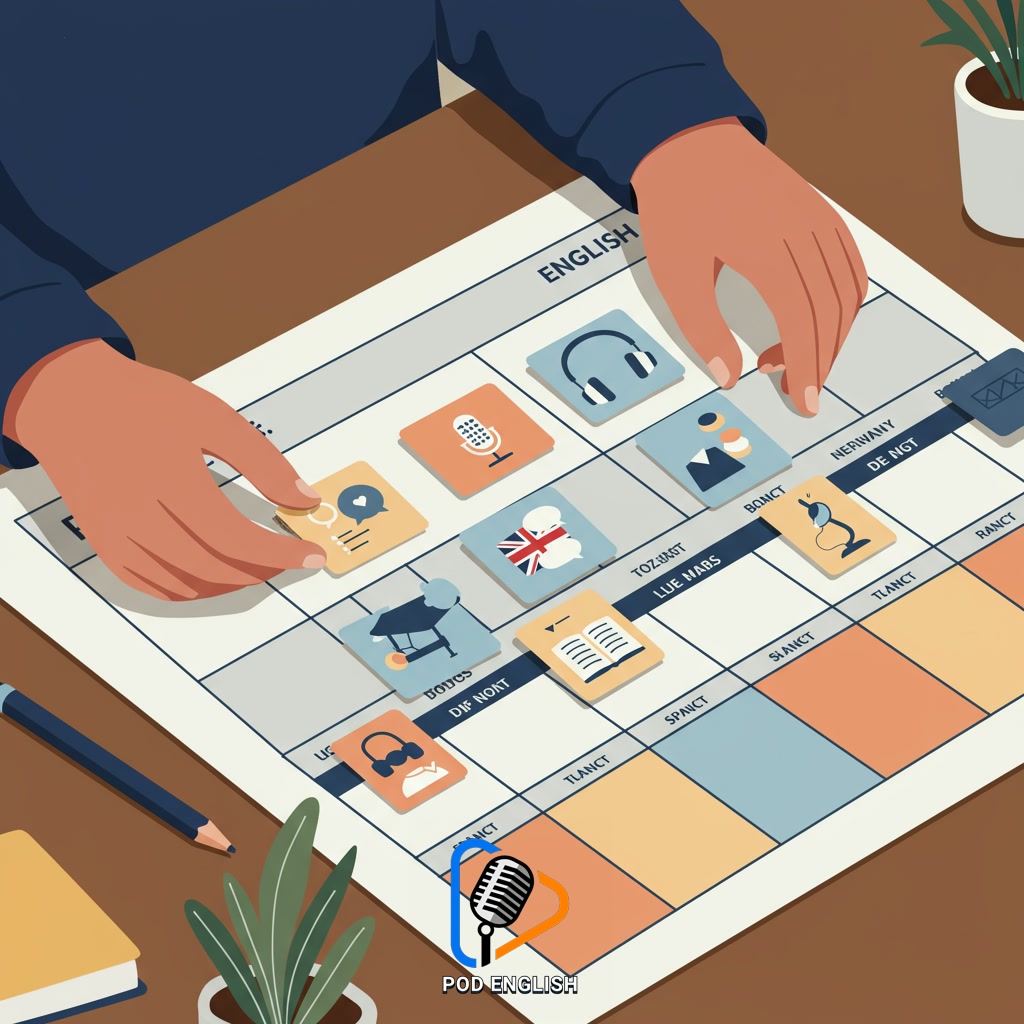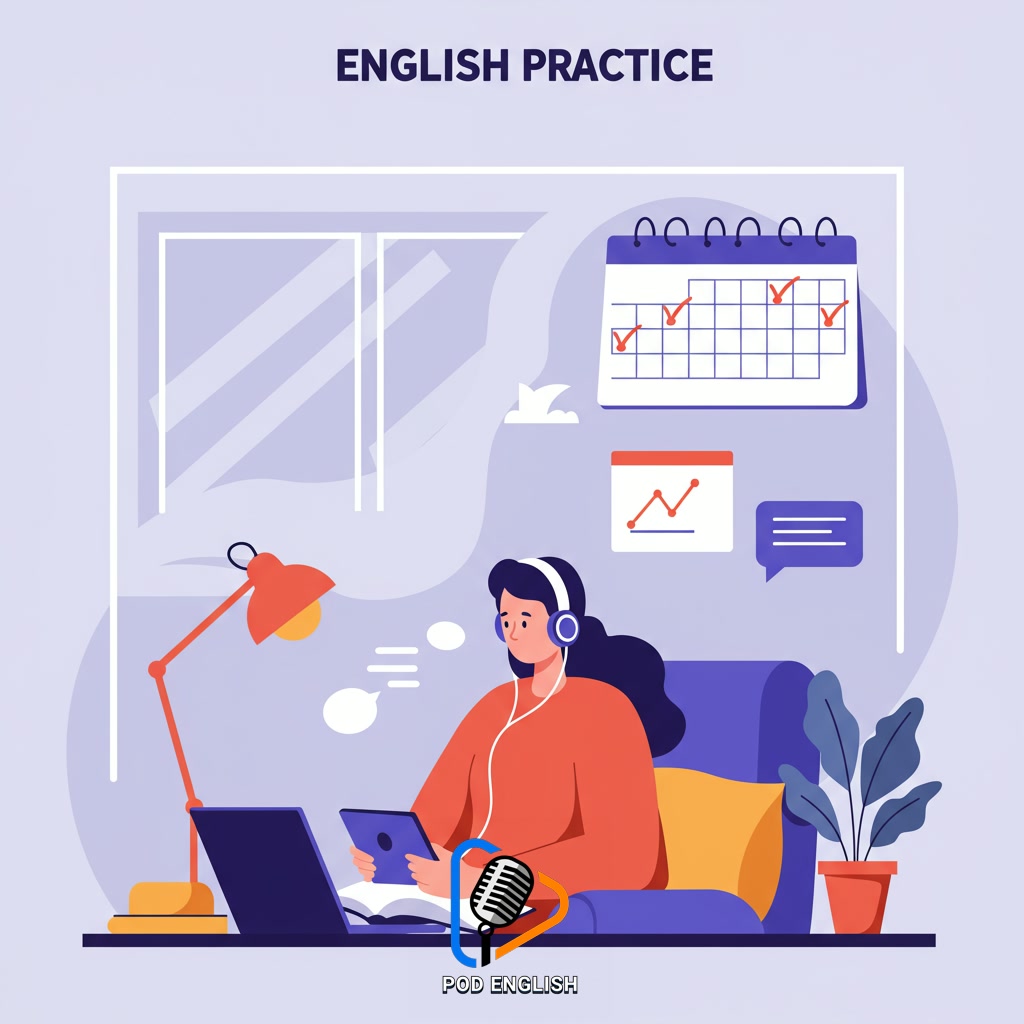Learn English
Master English Fluency: Build Your Own 30-Day Challenge

This guide details how to design a personal 30-day program aimed at significantly enhancing your English fluency. It provides a framework for active practice and immersion to accelerate your journey to learn English effectively. By undertaking this focused challenge, individuals can build confidence and improve their speaking skills over a short period.
Table of Contents
- Section 1: Why Build Your Own 30-Day English Fluency Challenge?
- Section 2: Phase 1: Planning & Setting Your Goals
- Section 3: Phase 2: Designing Your Daily Challenge Structure
- Section 4: Phase 3: Executing Your 30-Day Plan
- Section 5: Tracking Progress and Overcoming Obstacles
- Section 6: Beyond Day 30: Continuing Your English Fluency Journey
Section 1: Why Build Your Own 30-Day English Fluency Challenge?
Building your own 30-day English fluency challenge offers significant advantages over following a generic plan. Most importantly, it allows for deep personalization. You can tailor the challenge specifically to your current skill level, learning style, interests, and available time. This targeted approach ensures that you focus on the areas where you need the most practice and improvement, making your efforts highly efficient. A self-designed challenge also fosters a strong sense of ownership and commitment, boosting your motivation to stick with the plan consistently. By actively engaging with material that genuinely interests you and fitting practice into your unique schedule, you accelerate your progress and build confidence in your ability to use English effectively in real-world situations.

Why Build Your Own 30-Day English Fluency Challenge?
Section 2: Phase 1: Planning & Setting Your Goals
Phase 1 is the critical foundation for your personalized 30-day challenge. Building on the advantage of tailoring the plan to your needs, this stage involves honest self-assessment of your current English level across different skills – listening, speaking, reading, writing, vocabulary, and grammar. Based on this assessment, you’ll define clear, specific, and achievable goals for what you want to accomplish within the 30 days. Instead of vague aspirations like ‘get better at English’, set concrete targets such as ‘speak for 5 minutes daily on a chosen topic without stopping’ or ‘learn 10 new phrasal verbs related to work each week’. This planning phase ensures your challenge is focused, relevant, and sets you up for measurable progress in your journey to learn English effectively.

Phase 1: Planning & Setting Your Goals
Section 3: Phase 2: Designing Your Daily Challenge Structure
Following your self-assessment in Phase 1, Phase 2 shifts the focus to practically building your daily routine for the 30-day challenge. This involves taking the insights gained about your strengths and weaknesses and translating them into a concrete, actionable schedule. You’ll decide how much time to dedicate each day, broken down into specific activities targeting different skills like speaking practice, listening to podcasts, reading articles, or dedicated vocabulary study. The key is to allocate time realistically and consistently. Design blocks for active practice and integrate English into passive moments. Structure your days with variety to keep motivation high, setting small, achievable goals for each day or week within the overall 30-day framework. This phase is about creating the roadmap you will follow daily to accelerate your fluency journey.

Phase 2: Designing Your Daily Challenge Structure
Section 4: Phase 3: Executing Your 30-Day Plan
Phase 3 is where your diligent planning from the previous steps comes to life. This is the action phase, the core 30 days dedicated to consistent, focused English practice based on the routine you designed. Success here hinges on execution – sticking to your daily schedule, engaging actively with the chosen activities, and minimizing distractions. It’s crucial during this period to embrace the challenge, track your progress, and reflect regularly on what’s working and what might need minor adjustments. Stay motivated by celebrating small wins and remembering your initial goals. This concentrated effort over these 30 days is designed to build momentum and make significant strides towards mastering English fluency.

Phase 3: Executing Your 30-Day Plan
Section 5: Tracking Progress and Overcoming Obstacles
As you dive into the core 30 days of your challenge, actively tracking your progress becomes crucial. This isn’t about strict grading, but rather observing your journey. Keep a simple journal, use notes on your phone, or mark a calendar to record what you practiced each day, new words learned, or specific speaking situations you handled. Pay attention to moments of improvement, however small. Equally important is acknowledging and navigating obstacles. There will be days when motivation wanes, tasks feel difficult, or you might feel you’re not progressing fast enough. This is normal. When faced with a hurdle, pause and reflect. Revisit your initial goals, adjust your plan slightly if needed, or simply take a short break before returning with renewed focus. Remember why you started this challenge to learn English and build fluency. Persistence through these moments is key to achieving your 30-day objective.
Tracking Progress and Overcoming Obstacles
Section 6: Beyond Day 30: Continuing Your English Fluency Journey
After completing your intense 30-day challenge, the journey to fluency doesn’t end; it evolves. Think of the challenge as a springboard, not a finish line. To maintain and further improve your English, integrate the successful habits you built into your daily or weekly routine. This could involve continuing your focused listening practice, scheduling regular speaking sessions, or dedicating time to reading authentic materials. Find ways to make English a natural part of your life, whether through hobbies, social interactions, or professional tasks. Set new, smaller goals, perhaps focusing on specific skills like pronunciation or vocabulary expansion. Consistency is key now – regular, even short, practice is more effective than infrequent marathon sessions. Keep tracking your progress informally, celebrating small victories and adjusting your approach as needed. This sustained effort is where long-term fluency is truly built.

Beyond Day 30: Continuing Your English Fluency Journey













